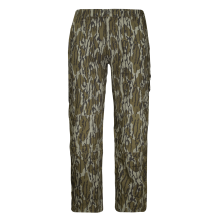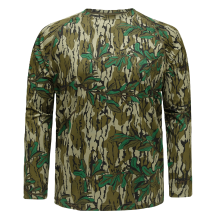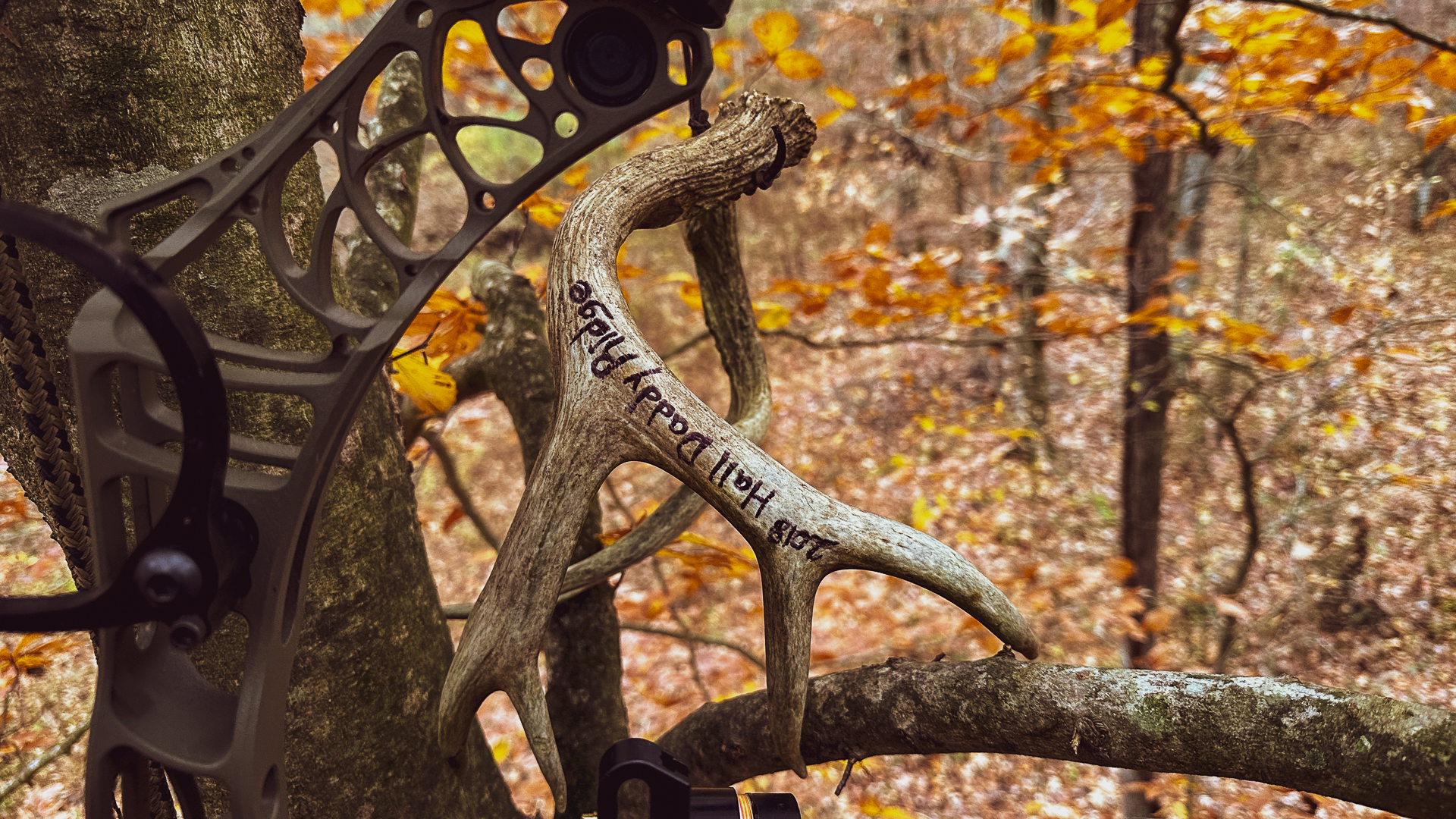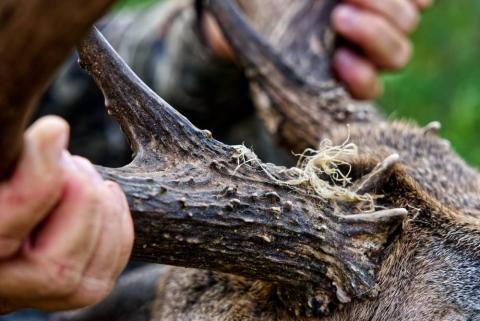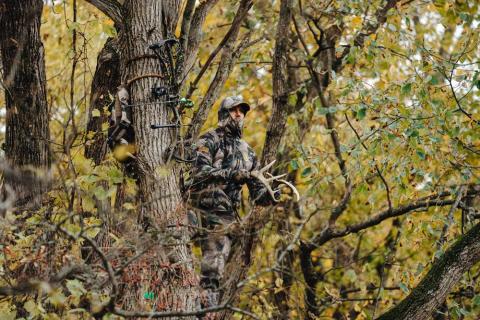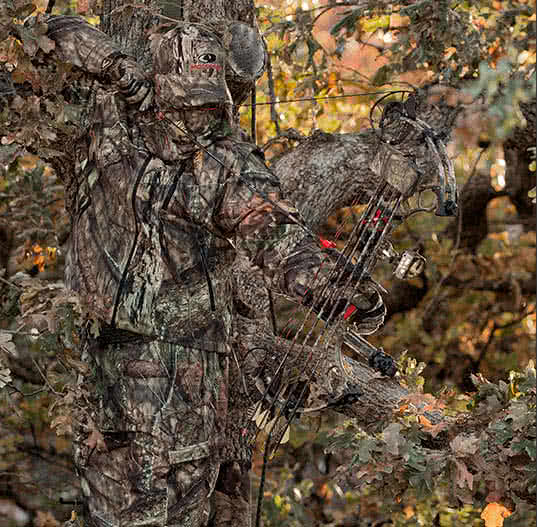
Paul Annear
Spring turkey hunting is here. While many deer hunters and trail camera users stow their cameras away during the whitetail off-season, you should keep a number of cameras deployed to gather the latest turkey intel on those clear, crisp mornings we dream about in early spring. There is something to be said about not knowing everything about the animals we chase, but trail cameras can be awfully helpful if you have limited time or if you’re hunting a new property and have very little intel on where turkey spend time.
Here are my highest priority trail camera locations when trying to capture photos of that spring gobbler.
Fields
This one is obvious. It’s hard to drive to work or pass-through rural areas on a Spring morning and not spot a few toms strutting their stuff in a field next to a section of timber. Before flocks break up and start settling into different areas, toms seem extremely killable since they are so visible from highways and county roads. Similar to bucks shedding velvet and somehow appearing to get smarter by the day, groups of birds break up and seemingly change patterns overnight and can be very elusive. This is where your trail cameras can help on fields.
Focusing your camera locations on field edges and corners of a field will give you a better indication of where you can expect a close encounter with a gobbler. Using cameras on multiple fields close to known roosting locations can get you the intel you need to close the deal right after fly down. Fence gaps, open gates, or mowed paths along fields make for excellent turkey travel routes. Green fields of clover, alfalfa, or re-emerging winter rye should be dynamite destination feeding locations for mid-morning or afternoon birds seeking love.
Logging Roads and Trail Systems
From deer, coyote, fox, and turkeys—most animals will regularly utilize a path of least resistance while working their way through timbered settings. Turkeys are no exception in my experience. In many cases, toms love to walk logging roads and trail systems and treat these as strut zones.
If you don’t have established trail systems, you can mow trails last minute near blind or tree locations for a quick ambush. Set a few trail cameras along these trails or logging roads near known roosting locations so you can get a gauge on what time of day they may be moving around after fly down.
A logging road high on a ridge top could be a great roosting location for turkeys if you have some mature timber and diverse feeding or nesting habitat nearby. Likewise, logging roads or trail systems make for great afternoon travel locations for silent gobblers making their way to feeding areas or when they wander off to find a hen.
Crossings, Pinch Points and Water

Fence gaps, high ground that skirts the edge of a wet swamp, and open timber next to a thick edge can all create excellent trail camera locations that may catch a tom looking for love. If you can pin down a few trails along these locations with your cameras, you’ll likely catch traveling turkeys on camera.
Steep terrain in hill country can funnel turkeys much like it does whitetail during the fall months, so don’t discount placing trail cameras on forced pinches like above or below steep ridges and at the head of a ditch at a crossing. Many hunters don’t view water as a high priority for turkeys, but you can bet they will visit small ponds or manmade waterholes for a drink in the middle of a dry section of timber.
Strategic Tips
Running trail cameras for turkeys takes an open mind and some outside the box thinking. Many trail camera users mount their cameras too high when trying to capture deer. Deer are quite a bit larger than turkey, so imagine how many of us could be missing turkey due to a poorly mounted camera still geared for capturing a whitetail.
The detection zone for most trail cameras is through the middle of the photo on a horizontal line. It’s likely you can adjust the motion sensitivity on your trail cameras from your app or smartphone if you think you may have mounted the camera too high.
Trail camera mounting posts are an effective way to keep trail cameras lower and properly mounted. Mounting stakes also allow for your cameras to be moved to different locations when capturing field-centric turkeys where very few trees exist for mounting your cameras.
You may want to familiarize yourself with your trail cameras time-lapse features. This allows a camera to take a timed interval image, rather than relying on heat or motion movement from animals to trigger the camera. This can be helpful when trying to keep an eye over a field where turkeys may not necessarily walk close to the camera.
Wrapping Up
Capturing telling photos of hens on the move to nests or old gobblers strutting their stuff isn’t difficult, but its what you do with the information that’s important. Trail cameras don’t lie, but they don’t tell the whole story either. Be sure to scout and wear out some boot leather in addition to running trail cameras this spring!













